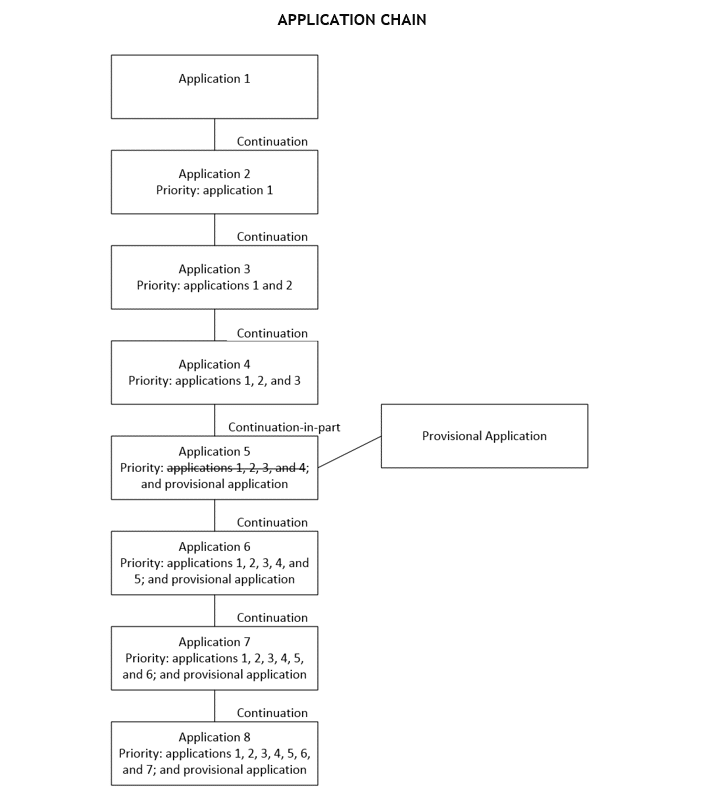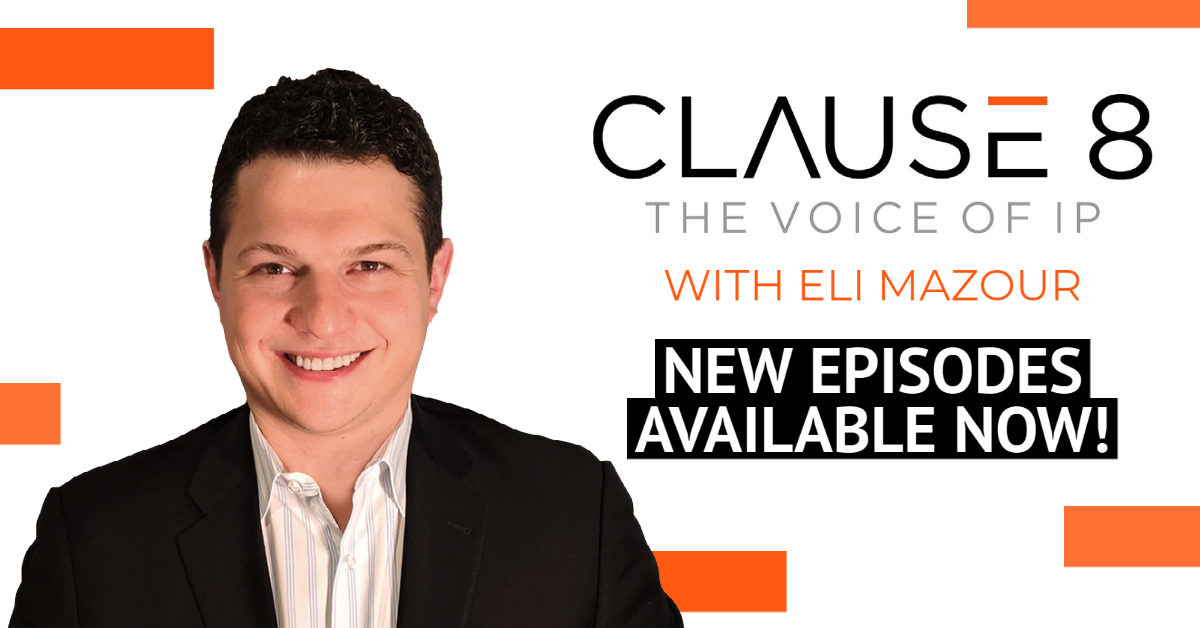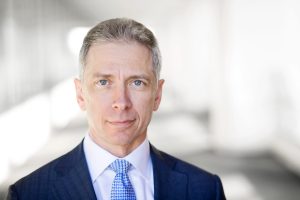October 17, 2018- Case Summary of Natural Alternatives v. Andrei Iancu
On October 1, 2018, the Federal Circuit issued an opinion regarding the removal of a priority claim in an application, of a chain of applications, and its detrimental effect on the priority claims of pending and subsequently filed applications in the chain. In Natural Alternatives International v. Andrei Iancu, No. 2017-1962 (Fed. Cir. Oct. 1, 2018), the court affirmed the Patent Trial and Appeal Board’s (“PTAB”) final determination in an inter partes reexamination affirming an examiner’s rejection of the challenged claims of U.S. Patent No. 8,067,381 (“the ’381 patent”) as anticipated by or obvious over cited prior art, including a parent of the ’381 patent, because the ’381 patent could not claim priority to the parent.
Natural Alternatives International (NAI) filed a chain of eight U.S. patent applications between 1997 and 2011. NAI filed the first application on August 12, 1997 and included a priority benefit statement under 35 U.S.C. § 120 to the first application in each subsequent patent application of the chain. On April 10, 2003, NAI filed a provisional application while the fourth application in the chain was still pending. On November 18, 2003, NAI filed the fifth application as a continuation-in-part of the fourth application. The fifth application claimed priority to the first through fourth applications and the provisional application. On August 29, 2008, NAI filed a sixth application that claimed priority to the first through fifth applications and the provisional application. The court noted that at the time NAI filed the sixth application, the fifth application and the sixth application correctly claimed priority to the August 12, 1997 filing date of the first application.
On September 2, 2008, four days after filing the sixth application, NAI amended the benefit claim of the fifth application to claim priority under 35 U.S.C. § 119(e) to only the provisional application as an attempt to extend the potential patent term of the fifth application. NAI subsequently filed the seventh and eighth patent applications that claimed priority to the first through fifth applications and the provisional application. The eighth patent application issued as the ’381 patent on November 29, 2011.
In December 2011, NAI and Woodbolt Distributors (“Woodbolt”) became involved in litigation concerning the ’381 patent. In May 2012, Woodbolt sought inter partes reexamination of the asserted claims of the ’381 patent. Woodbolt’s request alleged that “the asserted claim to priority of the ’381 patent is defective” because NAI “deliberately and expressly terminated [its] claim to the priority of the first four applications[,]” which thus “broke[] the chain of priority between” the fourth and fifth applications. NAI did not dispute that it had waived priority to the first through fourth applications when it amended the fifth application, but rather argued that the sixth application maintained priority to the first application because the sixth application’s priority claim was never amended. Accordingly, NAI maintained that the sixth application became entitled to the first application’s filing date before it amended the fifth application. The examiner rejected the asserted claims of the ’381 patent in view of prior art that included U.S. Patent No. 5,965,596 (i.e., the patent that issued from the first application.)
NAI appealed the examiner’s decision to the PTAB, which affirmed the examiner’s rejection. The PTAB determined that because NAI deleted the claim of priority to the fourth application in the fifth application and the eighth application claimed priority to the first application via the fifth application, the eighth application was not entitled to the priority claims of the fourth through first applications. NAI appealed the PTAB’s priority determination to the Federal Circuit.
APPLICATION CHAIN

On appeal, NAI asserted four arguments: (1) that priority to the first application “vested” with the sixth application once the sixth application satisfied the criteria of 35 U.S.C. § 120; (2) waiver of priority in an application is limited to the instant application (i.e. that application with the amended priority claim) and does not extend to subsequent applications; (3) priority is not a single growing chain, but rather multiple fixed chains; and (4) the PTAB’s view on priority limits an applicant’s ability to amend a priority claim to gain patent term.
Regarding NAI’s first argument, the court explained that a patent application is “not entitled to an earlier priority date merely because the patentee claims priority,” but rather “the patentee must demonstrate that the claims meet the requirements of 35 U.S.C. § 120.” citing In re NTP, Inc., 654 F.3d 1268, 1276 (Fed. Cir. 2011) (emphasis in opinion). The court also noted that its decision in In re Janssen Biotech, 880 F.3d 1315 (Fed. Cir. 2018) was instructive. In that case, where an applicant attempted to delete a priority claim of an application during reexamination, the court explained that amending the priority claim of an earlier-filed parent application may affect the priority of its child applications. Accordingly, the court here found that the PTAB “did not err in determining that the ’381 patent was not entitled to claim the benefit of the filing date of the first application under § 120, as the priority claim in the ’381 patent was defective from the start.”
Regarding NAI’s second argument, NAI averred that under Manual of Patent Examining Procedure (MPEP) § 201.11, altering a claim of priority “applies only to the instant application—not other, … applications.” The court noted, however, that the MPEP “does not have the force of law.” citing Molins PLC v. Textron, Inc., 48 F.3d 1172, 1180 n.10 (Fed. Cir. 1995). Regardless, the court rejected NAI’s second argument because the text of MPEP § 201.11 does not limit “the scope of waiver to only the instant application.” (emphasis in opinion). Regarding NAI’s third argument, the court cited the Supreme Court’s decision in Godfrey v. Eames, 68 U.S. 317, 326 (1863), which held that “parent and continuing applications ‘are to be considered as parts of the same transaction, and both as constituting one continuous application” to support the court’s finding that priority is “a single chain, growing with each additional continuation.”
Regarding NAI’s fourth argument, the court noted a natural trade-off exists between priority and patent term. The court explained that an “uncommon but permissible way for patent applicants to avoid losing term [for a patent application] . . . is to disclaim the benefit of earlier filing dates” which in turn makes the patent application’s “children become vulnerable to rejections based on a larger pool of prior art—including former parent applications in some cases.” The court therefore rejected NAI’s attempt to gain patent term for the fifth application while maintaining the priority claims of its children. Accordingly, the court affirmed the PTAB’s final decision invalidating the challenged claims of the ’381 patent.
This case highlights some potential pitfalls to consider when deciding whether to amend a patent application’s priority claim. A practitioner may understand the limiting effect the amendment has on the priority of the amended patent application, but she must also keep in mind that the amendment may irreversibly limit the priority of any child application of the amended patent application too. To ensure that a priority claim is not lost, the practitioner should consider maintaining the priority claim in currently pending applications, especially applications with pending child applications, and filing a new continuation and/or continuation-in-part with a different priority claim. In this way, the claim of priority can be protected for the chain of currently pending patent applications and a longer patent term can be pursued for the new application.
Download Natural Alternatives v. Andrei Iancu




